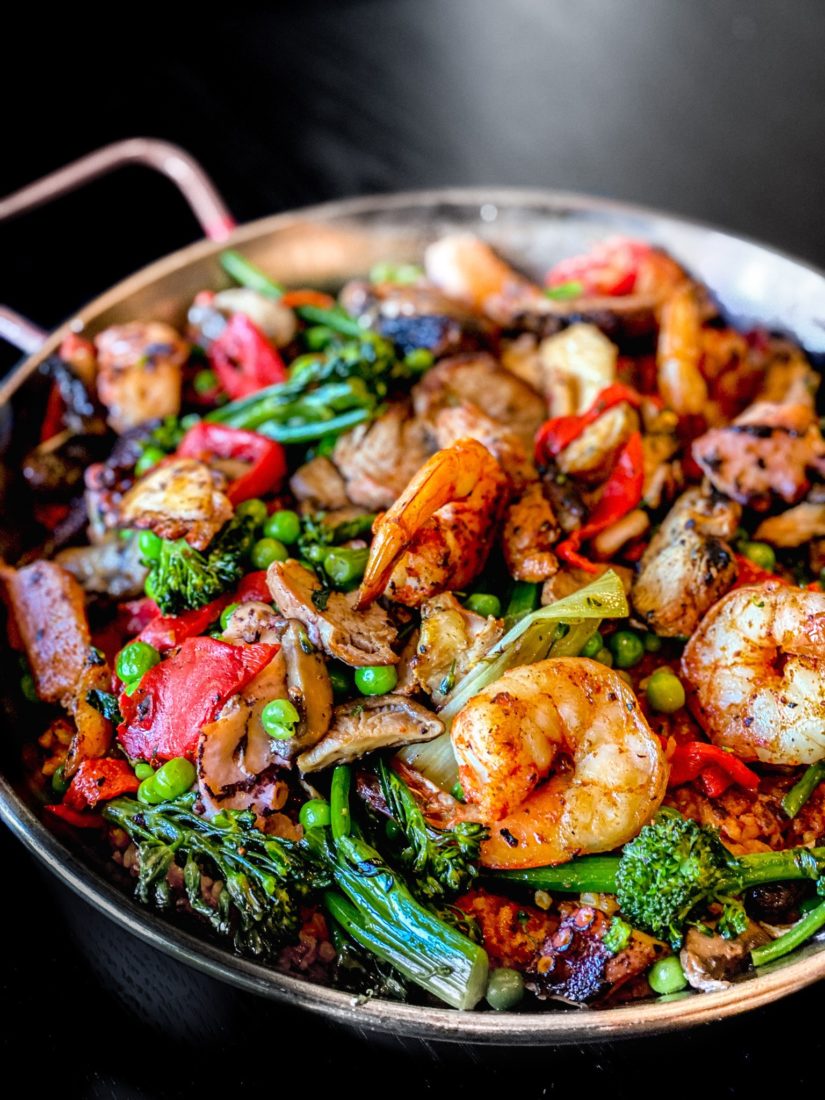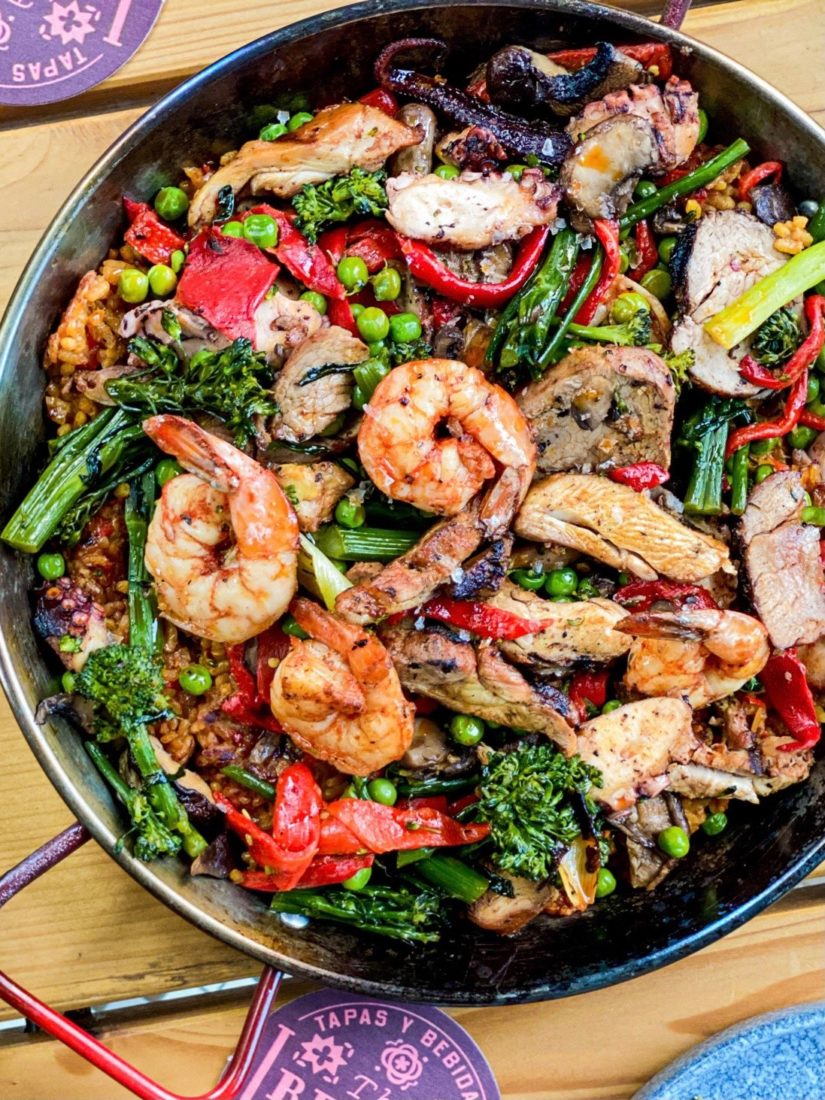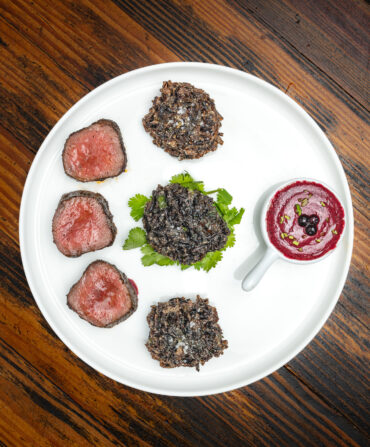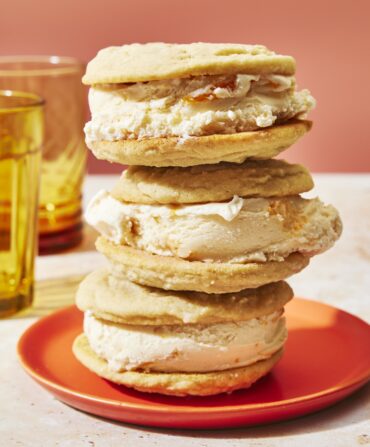John Castellucci was drawn to paella early in his career. While cooking at the Michelin-starred Restaurante Arzak in San Sebastián, Spain, the culture and beauty of the ancient seaside city mesmerized him, as did one of the country’s most beloved dishes. “I found myself cooking it all the time,” he says. “I fell in love with the art of paella.”
Now at his Atlanta restaurant the Iberian Pig (Castellucci has previously worked in the kitchens at Cooks & Soldiers and Bar Mercado, two Spanish concepts also owned and run by his family’s restaurant group), he has refined his paella recipe, beginning with the stock. “I like to start the stock the day before,” he says. “We have this great shrimp dish on the menu—gambas al ajillo—and we save the shrimp shells as we make it. I put a lot of tomato paste in, almost like gumbo, and build flour into the stock.” For home cooks with a little less time, he recommends using a paella bouillon cube, and ready-made stocks are also available. “And if you don’t have a paella pan, I’ve found a Rondo pan works, too,” he says. “But always use a wooden spoon. A metal spoon can scratch the pan and the rubber spatula doesn’t pull up the rice the way you want it to.”
But perhaps Castellucci’s biggest tip: perseverance. “You’re slowly building flavors through the process and each phase is equally important,” he says. “The whole thing happens in one pan, and it takes patience and a love for the product.”









